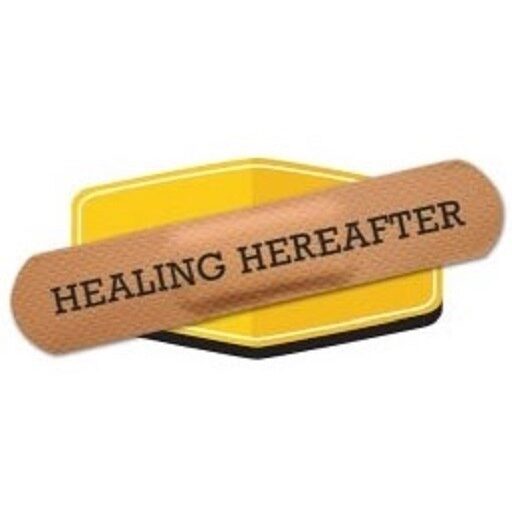It’s astonishing how prevalent the belief is that we live, die, and then go to heaven or hell, because it really has little to no support from the Bible. And yet I believed this for many years myself! Perhaps it’s simple, and that’s why it’s common, or perhaps some understandably look forward so much to heaven that it’s tough to think of waiting longer. But wait we all must, for the biblical hereafter is repeatedly and ubiquitously a live, die, wait, rise, be judged, and then go to heaven or hell. Don’t believe me? I think you’ll be surprised how much biblical and scholarly support backs this up, especially compared to the alternative. So what is this time of waiting between physical death and final judgment like for everyone? We start exploring our first, immediate step into the hereafter in Chapter 15, so hopefully the summary below will intrigue you enough to learn more…
Chapter 15
With an intermediate existence for all humans between death and judgment firmly established, we set off to discover where this occurs and what it’s like. We discover the Bible’s diffuse descriptions of Sheol (Hebrew)/Hades (Greek), confirming that it is everyone’s first stop in the afterlife. Upon reviewing the parallels between the Jews’ and Greeks’ understanding of Hades, we learn of its three very different but necessary regions, all with biblical correlates. The first is called Tartarus in the Bible, and it is described as essentially a pre-Hell—a place of agony, although it is not completely devoid of God and his ideals. The Bible is clear that everyone in Tartarus will go to Hell/Gehenna. The second is called Paradise in the Bible, and it appears to be described as essentially a pre-Heaven—a place of peace, rest, and comfort that is not yet completely devoid of the experience or memory of evil. Only the righteous fit for Heaven/the New Earth are given as examples of humans in Paradise. Because these locales are unfamiliar to many, we affirm their biblical reality and necessity. Then we merge what the Bible directly reveals about them with its pervasive acknowledgement of a postmortem existence other than Hell and Heaven to demonstrate how well these locations explain otherwise confounding passages and answer otherwise impossible questions. The third region is the key to answering many important questions about those whose situations in life really don’t fit well into a pre-Hell or pre-Heaven…but that’s for the next chapter!


